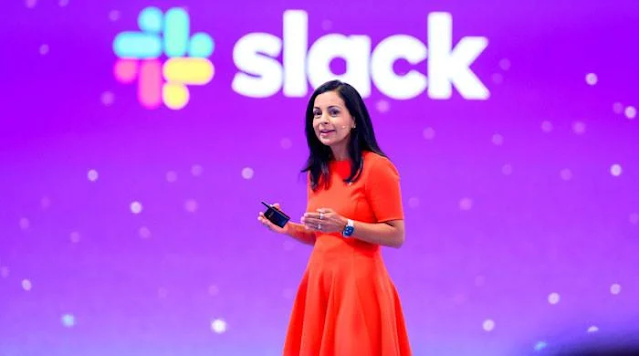AI Helps Researchers Read 2000-Year-Old Texts from Scrolls
The intersection of artificial intelligence (AI) and historical research has led to groundbreaking discoveries in recent years. One such remarkable development is the use of AI to decipher ancient texts from 2000-year-old scrolls. With the support of Silicon Valley investors who offer cash prizes, researchers are unlocking the secrets of these ancient manuscripts. This innovative approach combines modern technology with centuries-old knowledge, shedding new light on history and culture.
The Challenge of Deciphering Ancient Scrolls:
For centuries, scholars and historians have been captivated by the idea of deciphering ancient scrolls. These fragile and often deteriorated texts provide invaluable insights into the past, offering glimpses into forgotten civilizations, religious beliefs, and more. However, deciphering these texts has proven to be a daunting task due to factors such as age-related deterioration, language barriers, and the fragility of the scrolls.
While traditional methods of reading these scrolls involve painstakingly laborious efforts, such as using specialized lighting and imaging techniques, AI technology has stepped in to offer a promising solution.
The Role of AI in Deciphering Scrolls:
AI has been harnessed to digitize, translate, and transcribe the ancient texts, making them more accessible to researchers. This technology can overcome challenges that were insurmountable through traditional means. Here are some of the ways AI is making a difference:
1. Image Enhancement:
AI algorithms are used to enhance the visual quality of ancient scrolls, compensating for the wear and tear that has occurred over millennia. This ensures that researchers can see the text more clearly and identify characters that were previously indecipherable.
2. Language Analysis:
Many ancient scrolls are written in languages that are no longer spoken or understood. AI-powered language recognition and translation tools can help researchers understand and interpret the text.
3. Contextual Analysis:
AI can analyze the content of the scrolls, providing insights into the context in which they were written. This contextual information is crucial for understanding the historical significance of the text.
4. Transcription Assistance:
AI-driven transcription tools help convert handwritten or deteriorated text into digital formats, making it easier for researchers to work with the material.
Silicon Valley Investors and Cash Prizes:
One of the most remarkable aspects of this endeavor is the support from Silicon Valley investors who offer cash prizes to researchers and AI developers for successful translations and transcriptions. These investors recognize the potential for groundbreaking discoveries hidden within these ancient scrolls. By offering financial incentives, they encourage innovation and collaboration among experts in various fields.
The cash prizes are awarded for achieving specific milestones in the deciphering process, such as improving image quality, enhancing language recognition, or providing historically relevant insights from the text. This incentive-based approach has brought together a diverse range of experts, from historians and linguists to computer scientists and data analysts.
Unlocking the Past:
The combination of AI and ancient scrolls has already yielded impressive results. Researchers have successfully transcribed texts from previously unreadable scrolls, shedding light on the history, culture, and beliefs of civilizations long gone. As AI continues to evolve, it holds the promise of unlocking even more secrets hidden within these historical documents.
The use of AI to decipher 2000-year-old texts from scrolls represents a thrilling fusion of technology, history, and culture. With support from Silicon Valley investors, researchers are making significant progress in decoding these ancient manuscripts, enabling us to gain a deeper understanding of our past. As AI continues to advance, it is likely that more scrolls will reveal their secrets, providing us with new insights into the rich tapestry of human history. This partnership between AI and history promises to be one of the most exciting and fruitful collaborations in the realm of knowledge and discovery.



Comments
Post a Comment